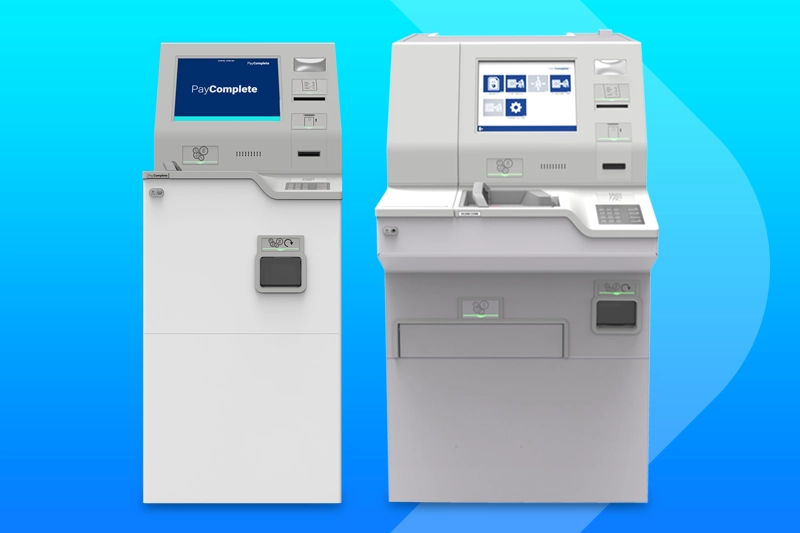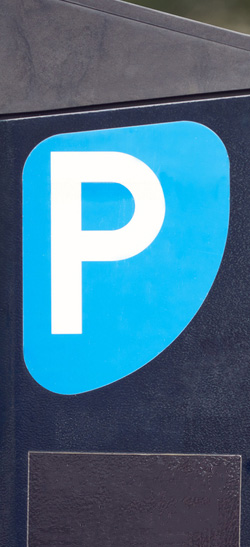Just as some people were about to pronounce the death of cash – it looks like it is making a comeback. In 2023, cash use in the UK increased for a second year running, after a decade of decline.
There is now also a movement being championed by UK media and involving politicians to recognise the continuing relevance of cash – and even protect access to it.
In this blog, we will examine the rise and fall of cash in the UK – and why figures published recently show that cash use is once again on the rise.
And the journalist Peter De Vries once wrote:
Cash and the rise of electronic payments
Cash was the undisputed king of payments before the rise of electronic and contactless transactions.
Contactless cards were introduced in the UK back in 2007. An important tipping point was reached ten years later when the number of debit card transactions overtook the number of cash transactions for the first time.
The massive growth in smartphone adoption was an important factor in this, and accelerated consumer adoption of new technology and payment apps. By 2021, 98% of the UK population aged between 16 and 24 owned a smartphone, as did 69% of those over 65 years old.
However, the digital payments revolution has unintended consequences, particularly affecting the lowest income groups and remote rural locations.
Good reasons to keep cash
GB News has spearheaded the Don’t Kill Cash campaign, with support from prominent British MP Jeremy Hunt to promote the value of keeping physical currency in the UK. Other newspapers and popular social media outlets are also onboard with the message including The Telegraph, Facebook and Which.
First and foremost, cash supports financial inclusivity. Many vulnerable groups, such as the elderly and low-income individuals, heavily rely on physical cash for their day-to-day transactions.
One of the consequences of financial exclusion is the so-called poverty premium. This is where individuals or households on a low income end up paying more for goods and services than those with access to mainstream financial services. This can include higher credit costs, increased energy expenses, transportation challenges, and limited access to bulk buying.
Cash transactions also offer some consumers a sense of privacy and security. Unlike digital transactions, which can be tracked and monitored, cash payments allow individuals to maintain financial anonymity. This also protects them from potential cyber threats and identity theft.
Additionally, cash holds cultural and historical significance. British banknotes and coins feature iconic figures and landmarks, representing the nation’s heritage and identity. By embracing physical currency, the UK can preserve that element of its cultural heritage.
The campaign highlights the need for society and government to adapt thoughtfully, ensuring that the benefits of technological advancements do not leave anyone behind or erode the core elements that define a nation.
Conclusion
Despite the fact that electronic payments are the most popular way to pay in the UK, cash continues to be the preferred way to pay for a significant number of individuals within certain demographics.
While they may be a minority, cash users are being supported by high-profile media campaigns that focus on financial inclusion and national identity.
Although cash acceptance and the associated back-office processes have been traditionally associated with high costs and inefficiency, new technology is making those manual processes smarter and cheaper. This may encourage more shops and service providers to expand their cash acceptance capabilities,
As technology progresses, the coexistence of cash and digital payment technology remains critical to meet consumers’ different demands, as well as delivering broader social and financial benefits to society.

Related Posts










